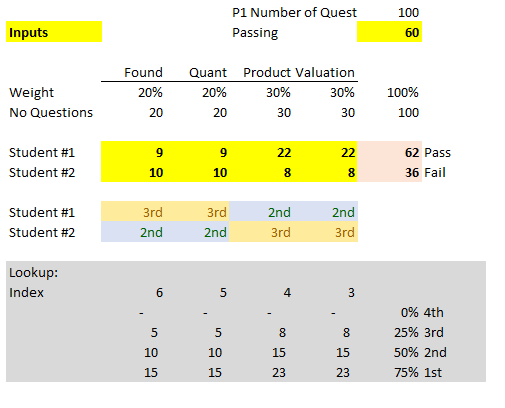Just saw on LinkedIn
-----------------------------------------------------------------------------------
November 2016 FRM Exam pass rates -- Part I: 44.8% | Part II: 54.3%
I just wanted to point out that David has updated our historical pass rate graph and posted in the forum here: https://forum.bionicturtle.com/threads/what-is-the-pass-rate-for-the-frm.10093/#post-47498.Thanks. That's the lowest ever Nov passing rate for Part II and the second lowest ever Nov passing rate for Part I.

Nicole



 imo), please see
imo), please see 
